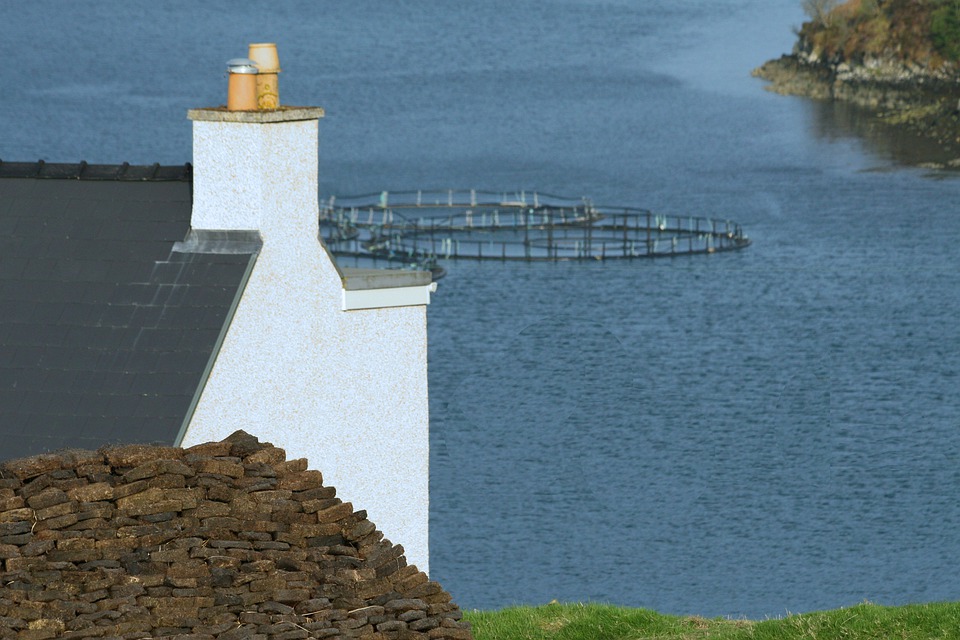Calls for legal reform to protect crofting land from ‘out of control’ market

The traditional way of life for Scotland’s crofters will “ultimately disappear” unless urgent action is taken over an “out of control” land market, the Scottish Crofting Federation (SCF) has warned.
The body is leading calls for crofting legislation to be overhauled after a tourism development on former croft land was offered for sale at over £1.5 million.
The tenant of 13 Northton on the Isle of Harris is listed on the Register of Crofts as Suzanna Margaretha Visser, who has turned the one-hectare croft into a clutch of tourist chalets so there are now four letting properties on land which is described to potential buyers as “a portfolio of charming coastal cottages”.
Crofting Commission records show that an apportionment of 3.17 hectares was approved in 1998 to the then tenant, Donald Maclean. However, the conditions of approval stated: “The applicant and his successors shall use the area hereby apportioned for keeping poultry”.
Despite this, there have been successful de-crofting applications on the land.
The SCF has now warned that this trend will threaten the very existence of Scotland’s crofters.
In a strongly worded open letter to those leading the Crofting Commission, the Scottish Crofting Federation (SCF) warns that: “Crofting, as a unique form of regulated land management … will be lost if left on its current trajectory. The succession of crofts has stagnated and the market in crofts has gone completely out of control.
“Crofts are unaffordable to local or young people, many crofts are unused, and inappropriate decrofting is granted. Despite its efforts, the Crofting Commission is failing to manage the system, or the crisis crofting faces, in any meaningful way.”
“What we want is all crofts being used and those no longer needed being passed on to new entrants to use,” said the SCF.
“We want an empowered, resourced and tasked commission investigating and enforcing breaches proactively, rather than only responding to a complaint from a restricted few.
“But what we see are many hundreds of neglected or completely abandoned crofts. The commission seems to have become solely an administrator rather than an effective regulator of crofting.
“What we want is crofts being passed on to new entrants at a minimal price and then being used. But what we see is young and local folk excluded by exorbitant prices of both crofts and tenancies, crofts bought by people who have no intention to croft … crofts occupied for only short periods of the year and not used as crofts.
“Crofting is a regulated system; everything in crofting is regulated – except for the market in crofts and croft tenancies.”







